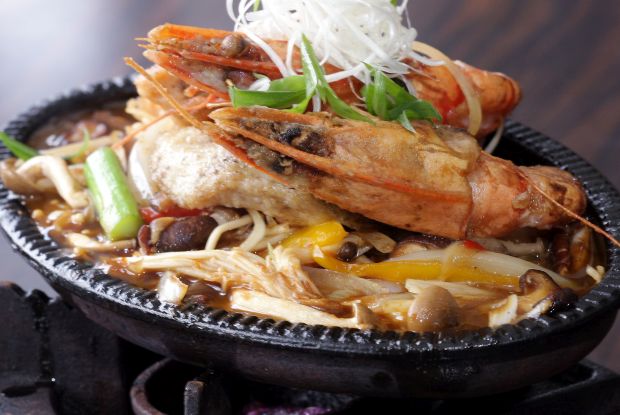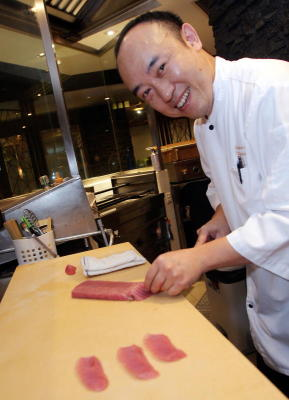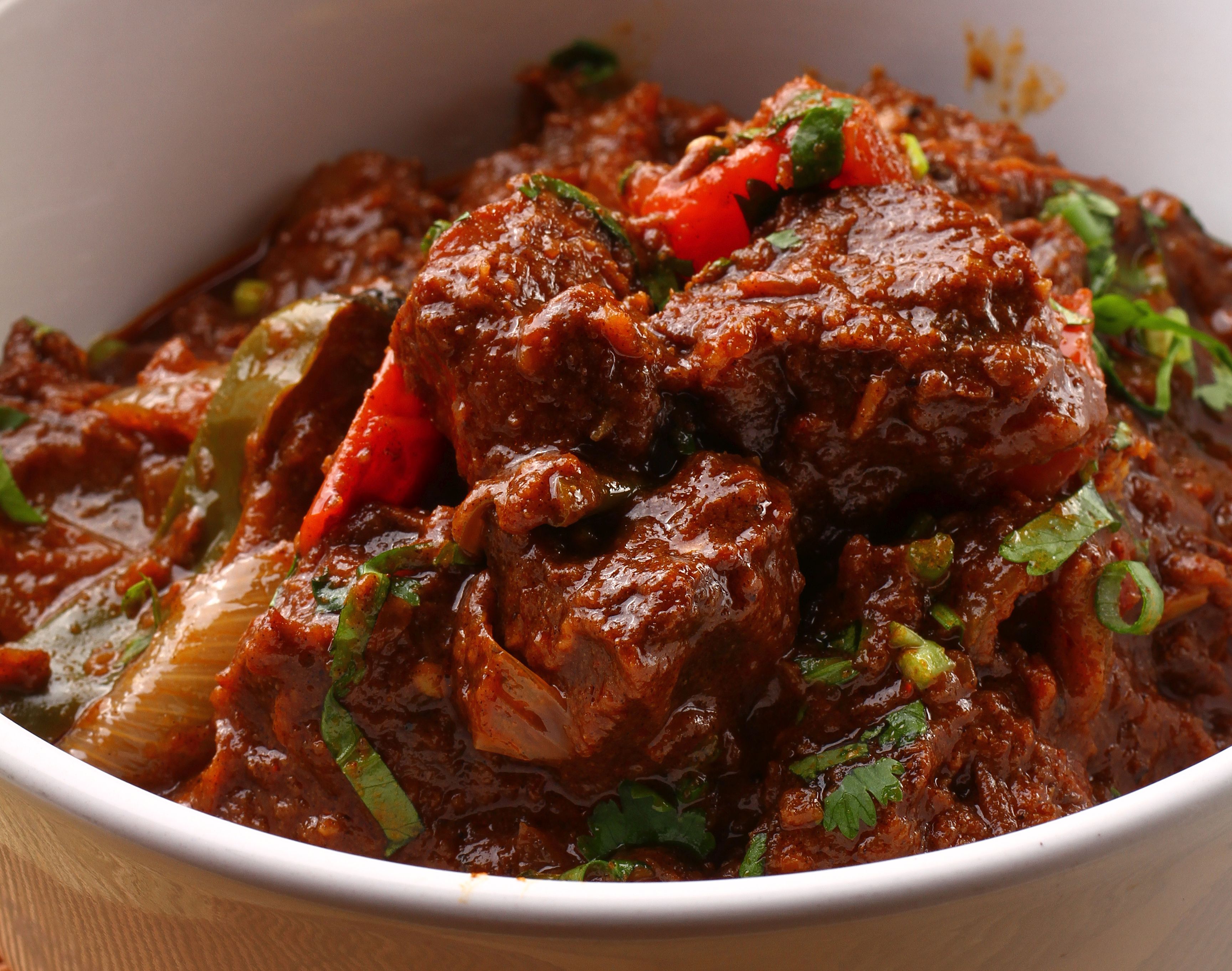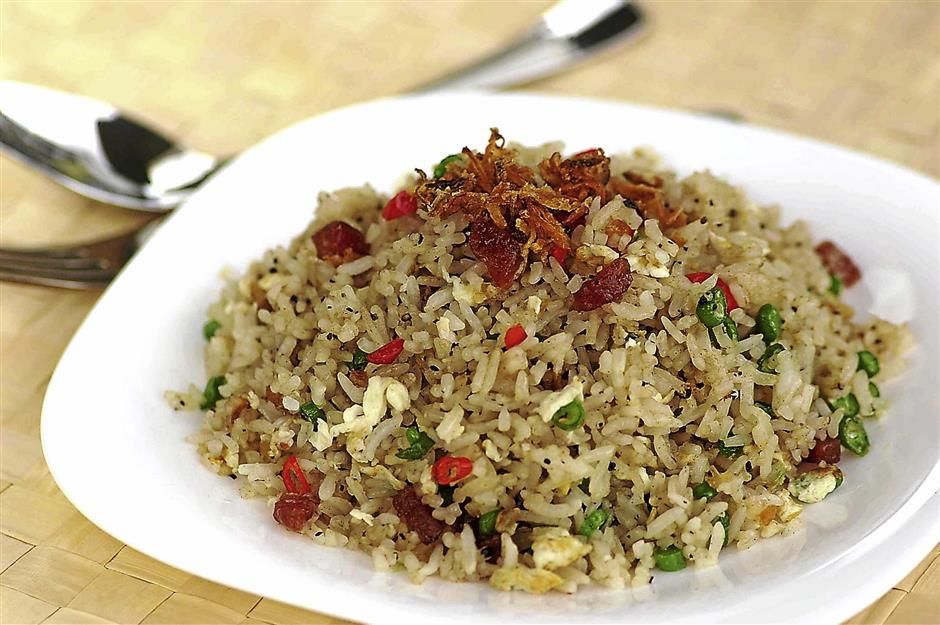Kuriya Japanese Restaurant,
T2, 3rd floor,
Bangsar Shopping Centre,
285 Jalan Maarof, Bukit Bandaraya,
Kuala Lumpur.
Tel: 03-2093 9242
Business hours: 11.00am-10.00pm, every day.
CAUGHT in the afternoon traffic snarl heading to Bangsar Shopping Centre is not fun at all, especially when the hunger pangs have set in and images of Japanese food kept playing in my mind as I journeyed to destination, Kuriya.
Located on the third floor of BSC’s new wing, Kuriya is a handsome place that can be intimidating from the outside, but its poshness is an added bonus to the overall dining experience.
“Kuriya” in Japanese means an ‘aristocratic kitchen’, referring to the space found in the homes of noblemen, where dishes were designed for important guests.
Hence, the concept is a part of Kuriya, where diners get to indulge in the fine dining experience, with a range of authentic Japanese dishes presented in a classy ambience.
Serving up the freshest of ingredients is important to any true-blue Japanese chef helming a Japanese kitchen. Master chef Nakagawa Takahiro and sushi chef Tomita Yasuhiro, though miles away from home, are adamant to plate-out food that is reflective of their homeland.
So, knowledge that seasonal ingredients, notably seafood is air-flown, once a week from various fish markets in Tokyo, Osaka and Kyushu, is an enticing factor for any Japanese food lover.
Chef Nakagawa said fish would be bid for early in the morning in Japan, and then flown to Kuala Lumpur the same day.
Although one will most likely find their favourite Japanese dish here, chef Nakagawa has included a 30% fusion selection, featuring cheese, cream cheese and mascarpone in some of his innovative creations.
“I find that miso paste and cheese blends very well, and is acceptable to the palate, so diners who enjoy a fusion twist to their Japanese meal will like the dishes we have for them,” said chef Nakagawa.
This we tasted in the Kaisen and Yasa Fry Miso Fondue (RM26) featuring breaded and deepfried seafood and vegetables in miso cheese fondue sauce, an interesting twist away from traditional Japanese flavours.
A taste of Kuriya started off with a serving of Jikasei Tofu (RM12), a cold dish with soft homemade tofu served on a bed of ice. Chopped scallions, julienne seaweed, minced ginger and wasabi served alongside, gave additional flavour in this vegetarian starter.
Sushi, I think, is the best to kill hunger in a bite as these small portions of rice topped with protein tricks the brain and stomach, that solid food has been ingested.
We had Aburi Sushi Mori (RM58), featuring seared sushi.
Although sushi is typically raw fish on top of Japanese sticky rice, chef Nakagawa said it was also common for Japanese to lightly sear fish slices for this presentation.
Salmon, hotate, kampachi, tuna and butterfish are the seafood choices in this chef’s special.
I learnt from chef Nakagawa that there are many grilled items on the menu, like the Salmon Chanchan Yaki (RM24) — of salmon and vegetables with special miso sauce served on a hotplate and of course, Seafood Teppanyaki (RM38), the other lunch treats on our table.
The Dancing Fish, was a dish I had wanted to try but it was unavailable that day so I made a mental note to return for it some other time.
Soba noodles, the restaurant’s publicist Angie Ruby explained are handmade every day.
There are 10 types of soba options, so there’s plenty of variations for everyone.
Knowing that I have a liking for duck, she ordered the Kamo Nanban — buckwheat noodles with duck breast meat, a small portion of the dish, priced at RM22.
The soup was rich in flavour, with the essence of duck and its meat, coating each noodle strand, making it quite a tasty treat.
As vegetables and seafood in tempura batter are expertly done at a Japanese restaurant, we opted for the Tempura Mori (RM25) for sharing.
Kuriya also offers the Omakase concept of dining where chef Nakamura designs a menu according to the customer’s budget.
For a minimum of RM150 per person, the chef gets creative in his playground and whips up five to six courses for the dining pleasure of diners.
“The Omakase concept is catching up in Kuala Lumpur and we advise customers to make reservations, so we can give them personalised attention when they dine,” he said.
We did not manage to dine the Omakase way so that is another reason for a return visit to experience chef Nakagawa’s creative dishes.
For desserts, we ordered Soba Abekawa (soba balls with redbean and soba balls coated with soy bean powder with red bean filling), three kinds of ice cream (RM16) and vanilla ice cream with the chef’s specialty caramel sauce (RM10).
The lunch was simply yummy, and I know why there is quite a crowd whenever it is time for a main meal.
This is the writer’s personal observation and not an endorsement by StarMetro.








